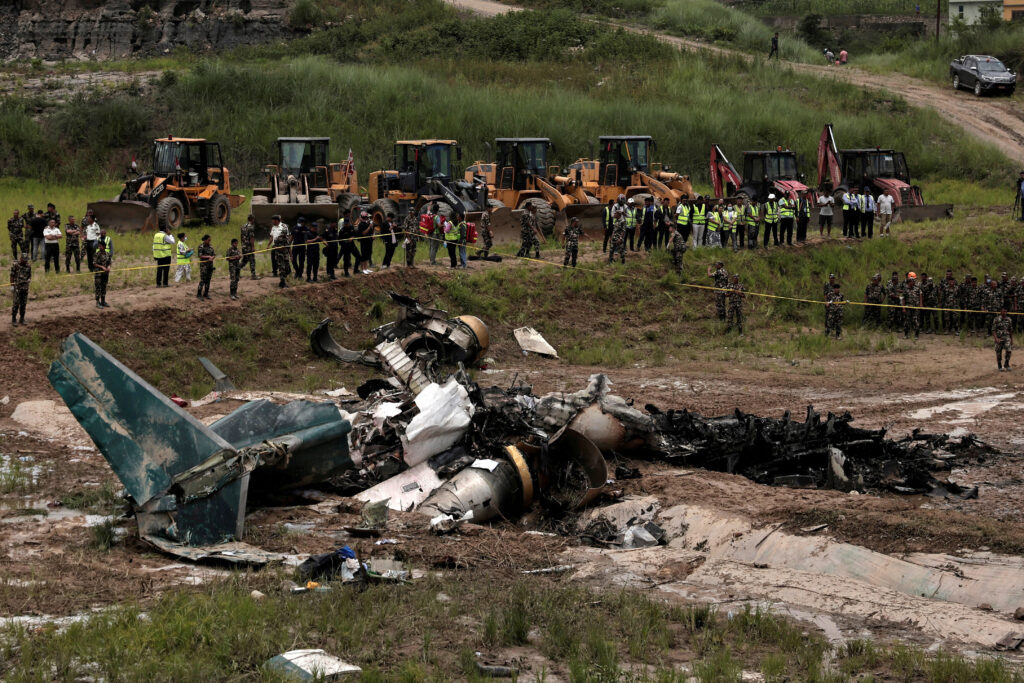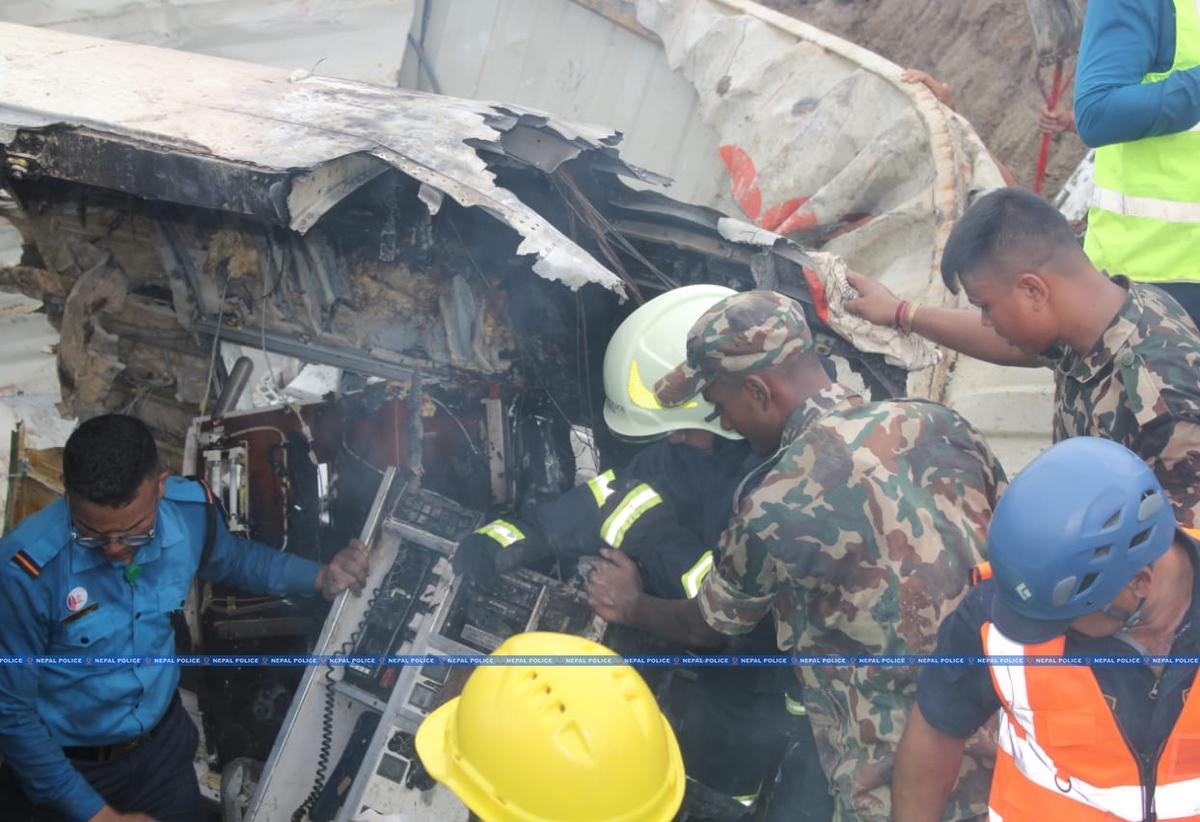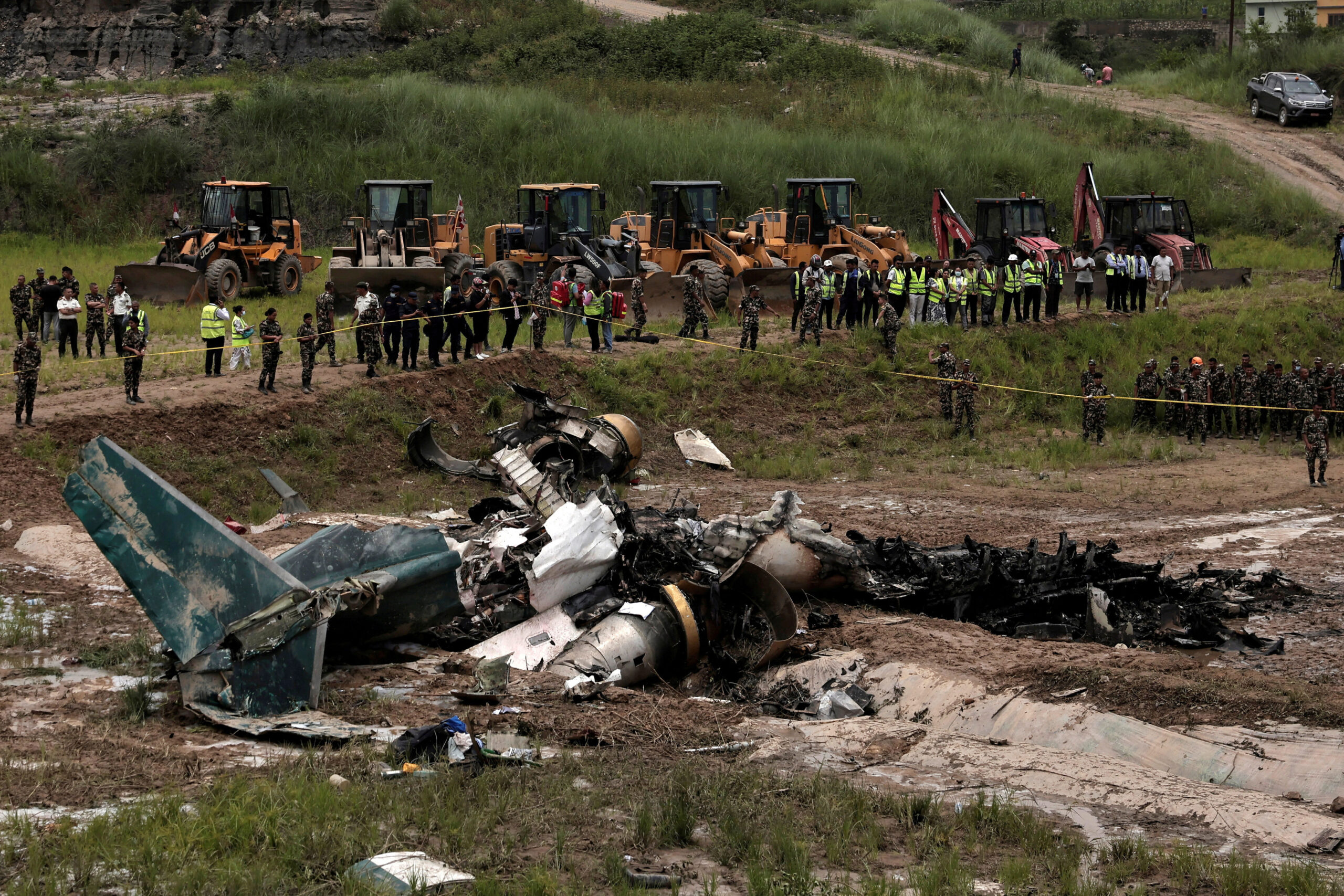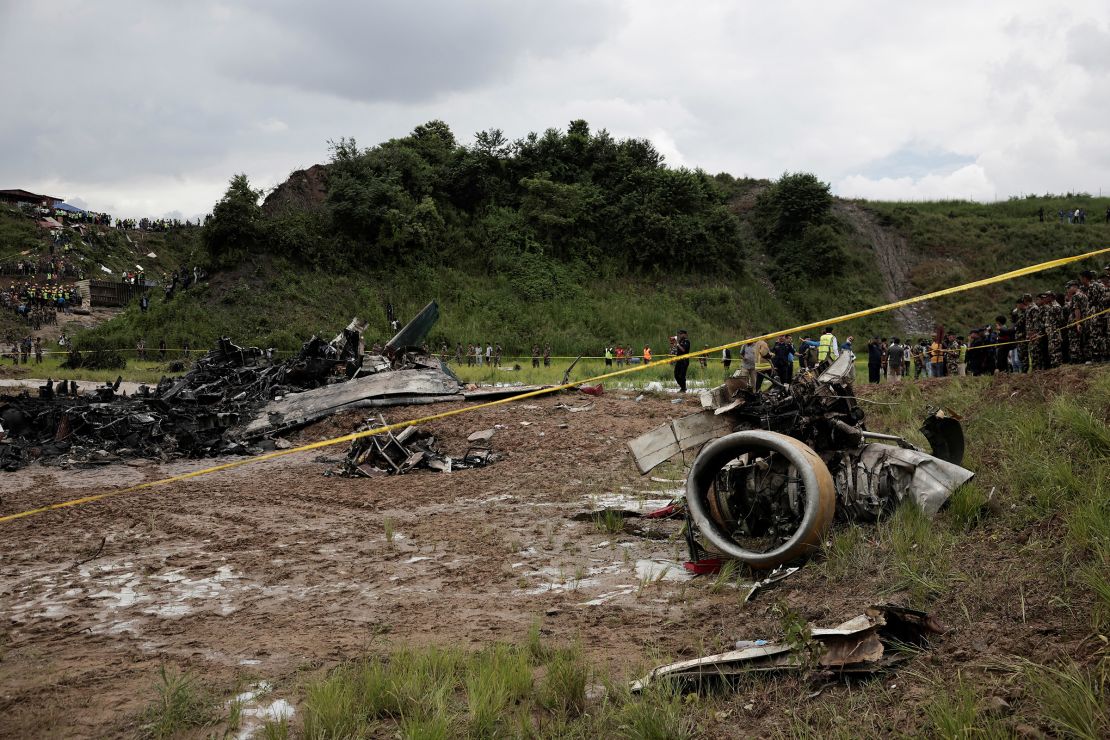19 Lives Lost in Nepal Airline Tragedy at Tribhuvan Airport
A tragic crash involving a Saurya Airlines Bombardier CRJ-200 occurred at Tribhuvan International Airport during takeoff, killing 19, including a foreign passenger. The pilot survived but with severe injuries. The airport was temporarily closed, raising further concerns about air safety in Nepal.
A devastating accident occurred at Tribhuvan International Airport on Wednesday when a private Nepalese airline plane crashed during takeoff and caught fire. The tragedy claimed the lives of 19 people, including a foreign national, while the pilot managed to survive despite sustaining major injuries.
The ill-fated aircraft was a Bombardier CRJ-200 belonging to Saurya Airlines. According to a statement from the Search and Rescue Centre of the Civil Aviation Authority of Nepal, the plane “suffered a runway excursion and burst into massive flames immediately.” This alarming incident was captured on video and posted online, showing the plane enveloped in fire and smoke, with fire engines and ambulances rushing to the scene.

The crash had a grim toll. Among the deceased were the co-pilot, S. Katuwal, and 17 employees of Saurya Airlines, which included a Nepali woman and a Yemeni national. The pilot, Captain Manish Shakya, 37, is currently undergoing treatment at Kathmandu Model Hospital, where he is recovering from severe injuries. Of the 19 victims, 15 died instantly at the crash site, while three others succumbed to their injuries during treatment at a local hospital.
In response to the crash, operations at Kathmandu’s Tribhuvan International Airport were temporarily halted but resumed shortly after the initial emergency response. The temporary closure underscored the severity of the incident and the immediate impact it had on airport operations.
Saurya Airlines, the operator of the crashed plane, is a private airline in Nepal that operates flights to five popular tourist destinations within the country. According to the company’s website, their fleet consists of three Bombardier CRJ-200 jets. The airline, like others in Nepal, operates under challenging conditions that often involve sudden weather changes and difficult-to-access airstrips in rocky, mountainous terrains.

Nepal’s air safety record has been under scrutiny for years, and this latest incident adds to a series of tragic events that highlight the ongoing challenges. Since the first recorded air disaster in Nepal in August 1955, the country’s civil aviation body reports that 914 people have lost their lives in air crashes. The mountainous terrain and unpredictable weather conditions, coupled with human error, have contributed to these grim statistics.
In January of the previous year, a Yeti Airlines aircraft crashed in Pokhara, killing all 72 people on board, including five Indians. This crash, attributed to human error, was the 104th crash in Nepali skies and the third deadliest in terms of casualties. The only incidents with higher fatalities occurred in July and September 1992, involving aircraft from Thai Airways and Pakistan International Airlines, which resulted in the deaths of 113 and 167 people, respectively.
Another tragic event occurred on May 29, 2022, when a Tara Air plane crashed in Nepal’s Mustang district, killing all 22 people on board, including four members of an Indian family. In 2016, a similar tragedy struck when a Tara Air flight crashed after takeoff, resulting in the deaths of all 23 people on board. Additionally, a US-Bangla Airlines crash at Tribhuvan International Airport in March 2018 claimed 51 lives, further tarnishing Nepal’s air safety record.

These incidents underline the urgent need for improved air safety measures in Nepal. Despite the geographical and meteorological challenges, there is a pressing requirement for better training for pilots and more stringent maintenance protocols for aircraft. International support and cooperation could play a crucial role in enhancing Nepal’s aviation safety standards.
The recent crash of the Saurya Airlines Bombardier CRJ-200 serves as a somber reminder of the inherent risks associated with air travel in Nepal. It also highlights the bravery and resilience of the emergency responders who acted swiftly to manage the aftermath of the crash. As Captain Manish Shakya battles to recover from his injuries, the aviation community in Nepal, and indeed around the world, must reflect on these recurring tragedies and work collaboratively to prevent future occurrences.
In conclusion, the tragic crash at Tribhuvan International Airport has once again brought to light the critical issues surrounding air safety in Nepal. As the nation mourns the loss of 19 lives, including a foreign national, there is a collective hope that this incident will galvanize efforts to improve safety standards and ensure that such devastating events become a rarity rather than a recurring nightmare.












Leave a Reply